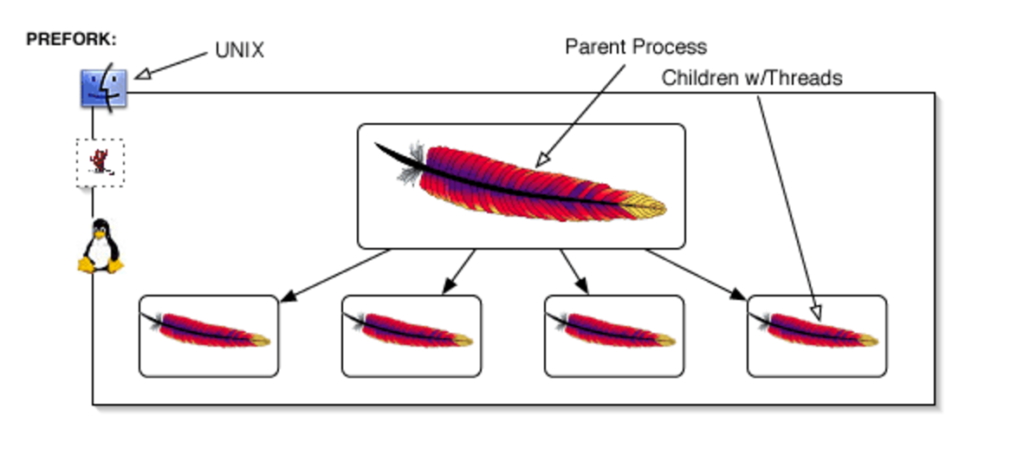Whether to use Apache or Nginx in your server stack is a decade-old question. While both web servers are versatile and open-source, both offer some pros and cons worth considering. Below I’ll break down some of the key differences between the two.
Architecture
One of the first aspects to consider is the way each web server handles requests. On Apache, there are several “multi-processing model” options to choose from. The most common is called “prefork” – in this model, there is a parent Apache process, with multiple “child” processes. With each new request that comes to the site, it opens a new “child” process. This allows your server to kill child processes in the form of individual requests, rather than having to kill the entire Apache service.

With Nginx, the master process exists with any number of “worker” processes. However, the largest difference comes in that each “worker” can handle multiple (read: thousands) of page/resource requests at a time, without having to engage the other worker processes. This frees up the server resources that these worker processes would have used, to allow other services to use the Memory and CPU more dynamically. Nginx’s architecture allows the server to process high amounts of traffic while still leaving Memory unused, compared to Apache’s single-request-per-thread method.

Compatibility
When Apache was built in 1995, it was an early success. Developers chose this web server model because of its flexibility and wide library of dynamically-loaded modules to extend its capabilities. By a year in, Apache dominated the web server markets by far. Because of its wide adoption rate, Apache documentation is vast. Many other software models integrate with and support Apache as a result.
Igor Sysoev originally developed Nginx in 2004 to be a web server to be used in combination with Apache. It was launched as a solution for sites which needed to serve thousands of simultaneous requests, which was a new horizon for the world wide web. As Apache’s adoption grew steadily, more modules extending its capabilities were released. When developers realized how lightweight the architecture ran on their hardware, it was an easy choice to begin using Nginx for static and dynamic requests.
As of today, Apache still holds about 50% market share of web servers, while Nginx holds about 35%.
Performance
When considering performance for Apache or Nginx, two main categories exist: static files, and dynamic content. Static files are files which don’t have to be regenerated when requested: images, css, fonts, and javascript. When your code constructs a page to be served, the content is dynamic. Other factors to consider here are: concurrent users, Memory used, transfer rate, and wait time.
In a base comparison of static files, Nginx is about twice as fast, and uses about 25% less memory:


And the same tester found that with dynamic requests, the web servers returned the responses in the exact same amount of time, when serving 16 concurrent requests:

However, remember the other aspects: what was the transfer rate? Do these results change with the number of concurrent users? Below is a comparison published by The Organic Agency:

You can see as the concurrent dynamic requests increase, so does the Apache response time. Nginx by contrast does show a load time increase as the concurrent users increase, but not nearly as much as Apache. Also consider the “failed requests” column which begins at about 25 concurrent users with Apache. Remember the architecture differences in how the servers handle multiple requests? This test is a clear indication of why Nginx is the model of choice for high-traffic environments.
Why not both?
Having trouble deciding whether you should use Apache or Nginx? Need versatility AND agility? No problem. There’s no reason you can’t use both web servers in your server stack. One common way to use both together is to use Nginx as a front-end server, and Apache as a back-end worker. This setup works because the performance disparity in the services is less noticeable for dynamic requests.
Using both servers allows Nginx to act as a “traffic director,” handling all requests initially. If the request is static, Nginx simply serves the file as-is. If the request is dynamic, Nginx uses a proxy_pass to send the request to the Apache web server. Apache processes the PHP and queries to generate the webpage, and sends it back up to Nginx to serve to your site’s visitor. If you’re looking to set this up on your own, check out Digital Ocean’s documentation on the subject.
Leave a Reply